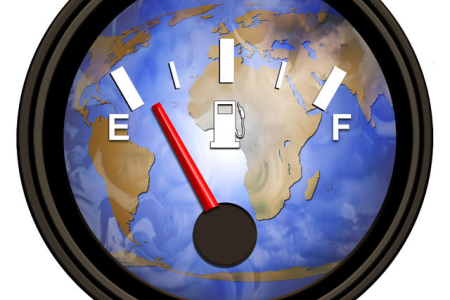What Is the Difference between Humans and Animals?
The corporeal parallel to Stage Four in the Four Developmental Stages of the Primordial Desire in Creation (i.e. the natural evolution of the desire to receive) are human beings. Humans appeared through a natural process of evolution. The genus Homo (humanoid ape) first appeared approximately 2.5 million years ago, and evolved as all other species do, by natural selection. As with animals, hominids that were healthier and stronger survived, and those that were less so perished.
Yet, hominids, and primarily the latest evolution of the species, Homo sapiens, invested far more energy and time on social relations than any other species. Albeit many species, such as dolphins, chimpanzees, and wolves, cultivate intricate social relations, social structures in human societies are dynamic and evolutionary by nature.
In that regard, Baal HaSulam wrote in the “Introduction to the Book of Zohar” that unlike animals, humans have the ability to sympathize with another’s pains and joys, and animals do not. In declaring this, Baal HaSulam was not referring to empathy as is often exhibited by animals between mother and offspring, and even among unrelated specimens of a species. Instead, here he speaks of an entirely new mechanism of the desire to receive: evolution through envy.
In item 38 of the “Introduction to the Book of Zohar,” Ashlag explains the difference between desires in humans and in animals, and how envy increases our desires: “The will to receive in the animate, which lacks the sensation of others, can only generate needs and desires to the extent that they are imprinted in that creature alone.”
In other words, if an animal knows that eating is good, it may want to help another animal obtain food, as well. “But man,” continues Ashlag, “who can feel others, becomes needy of everything that others have, as well, and is thus filled with envy to acquire everything that others have.”
Indeed, the appearance of Homo sapiens marked what appears to be a shift in the direction of evolution. Homo sapiens, it seems, were focusing not on developing a stronger, more adapt and agile physique, but on developing their intellect, and even more surprising, self-expression. Thus, we see how Homo sapiens are the earthly representation of Stage Four in the desire to receive—the desire to become omnipotent and omniscient.
Do You Adhere to the Rule of Survival – Yielding Self-Interest to the Interest of the System?
Ashlag’s words quoted above mark a turning point not just in the history of human evolution, but in the evolution of the universe, as well. The (uniquely human) evolution-by-envy has shifted the very direction of evolution. Until the emergence of human ego, creatures evolved successfully if their internal organs cooperated, following the principle of relinquishing self-interest in favor of the system’s interest, and leaving the system to care for their well-being.
Continue reading “Do You Recognize the Early Warning Sign of Human Extinction?”
